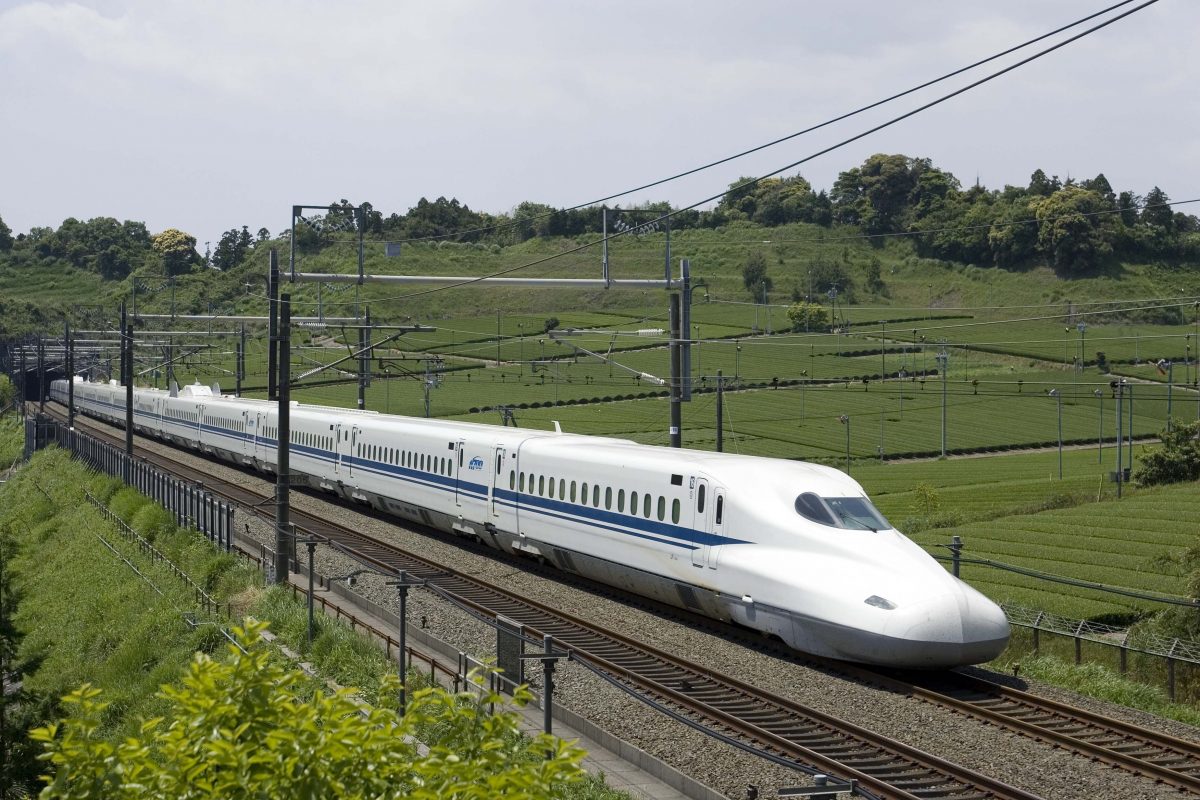According to company officials, the Dallas-based company Texas Central is making headway along the path to its bullet train route to connect Dallas and Houston.
Videos by Rare
The group is reportedly aiming to provide the safest method of mass transportation for what it’s calling “super commuters” – people who travel between Houston and the DFW area at least twice a week.
During an interview, Texas Central representatives said the model of train it will use for its high speed rail 90-minute route, called the N-700I system, comes with a perfect safety record.
RELATED: Houston is one of the top ten global finalists for this speedy transportation alternative.
The N-700I bullet train is said to be the international version of the Tokaido Shinkansen model of train, a popular form of transit regularly carrying passengers between Tokyo and Osaka, Japan.
https://www.youtube.com/watch?v=VdFD2hy7kFM
According to the Central Japan Railway company’s website, the Shinkansen system’s record is zero, as in zero passenger injuries or fatalities in its over 50-year history.
During an interview, Holly Reed, managing director of external affairs for Texas Central, explained there are a few reasons for this spotless safety rate:
One is because the train will not move along any existing public roads, instead moving over or under them, eliminating the chance of collisions with commuter vehicles or trucks.
Additionally, there will also be dedicated lanes for trains going in either direction to avert the possibility of bullet trains collisions, which is critical, given the train will start running at speeds of over 180mph, possibly going as high as 205 mph.
In light of the recent train derailment in Washington state, we reached out to Texas Central in regard to the proposed bullet train’s safety measures and how the prospective structure will cope with its high rates of speed, which can reach the same rates of speed as air travel in some instances.
The N700-I bullet will reportedly use the same Automatic Train Control (ATC) system as its Japanese counterpart – a standard meeting or exceeding the ‘positive train control‘ safety systems present in many U.S. trains, according to Reed.
Reed further explained how information is sent from the track to the ATC computer inside each train, where it automatically calculates distances between trains, determines whether it needs to stop, figures out a braking pattern and then implements said pattern to prevent any colliding accidents.
Based on its record, Texas Central is reportedly very confident about the N700-I’s computerized safety measures, but they won’t be relying on the systems alone:
“Everything we do has safety at the heart of it,” Reed said, who went on to explain the staff who crew the train will undergo extensive safety training before the N700-I launches.
She said first responders are also being trained along the route in the unlikely event of a derailment or evacuation.
Texas Central’s project is permitted by the Federal Railroad Administration; as part of its operations, the bullet train company has drafted an environmental impact report for the route, which opened to the public for comment on Friday.
Preferred Build Alternative for Texas #Bullettrain identified by the Federal Railroad Administration in the recently released Draft Environmental Impact Statement. View the detailed county-by-county maps, here: https://t.co/L57zyZGkxN #yallaboard #buildthistrain
— Texas Central (@TexasCentral) December 20, 2017
Reed said Texas Central hopes to break ground at the end of 2018 or early in 2019.
The Houston station for passengers to hop aboard the bullet train will be situated between interstates 10 and 290, just outside the 610 loop, and, once it gets started, the train is estimated to log 5 million trips by the mid 2020s.
RELATED: Mayor Turner backs Houston to Dallas bullet train plan
All aboard?



